China to Prove Planetary Defense Skills with 2030 Asteroid Deflection Mission
China is preparing to launch its first asteroid deflection mission by 2030. This groundbreaking project by the China National Space Administration (CNSA) will involve two spacecraft: one to impact the asteroid and another to observe the results.
The mission aims to test planetary defense strategies and gather valuable scientific data about near-Earth objects (NEOs).
Targeting Asteroid 2015 XF261
The chosen target for this mission is 2015 XF261, a near-Earth asteroid approximately 100 feet wide.
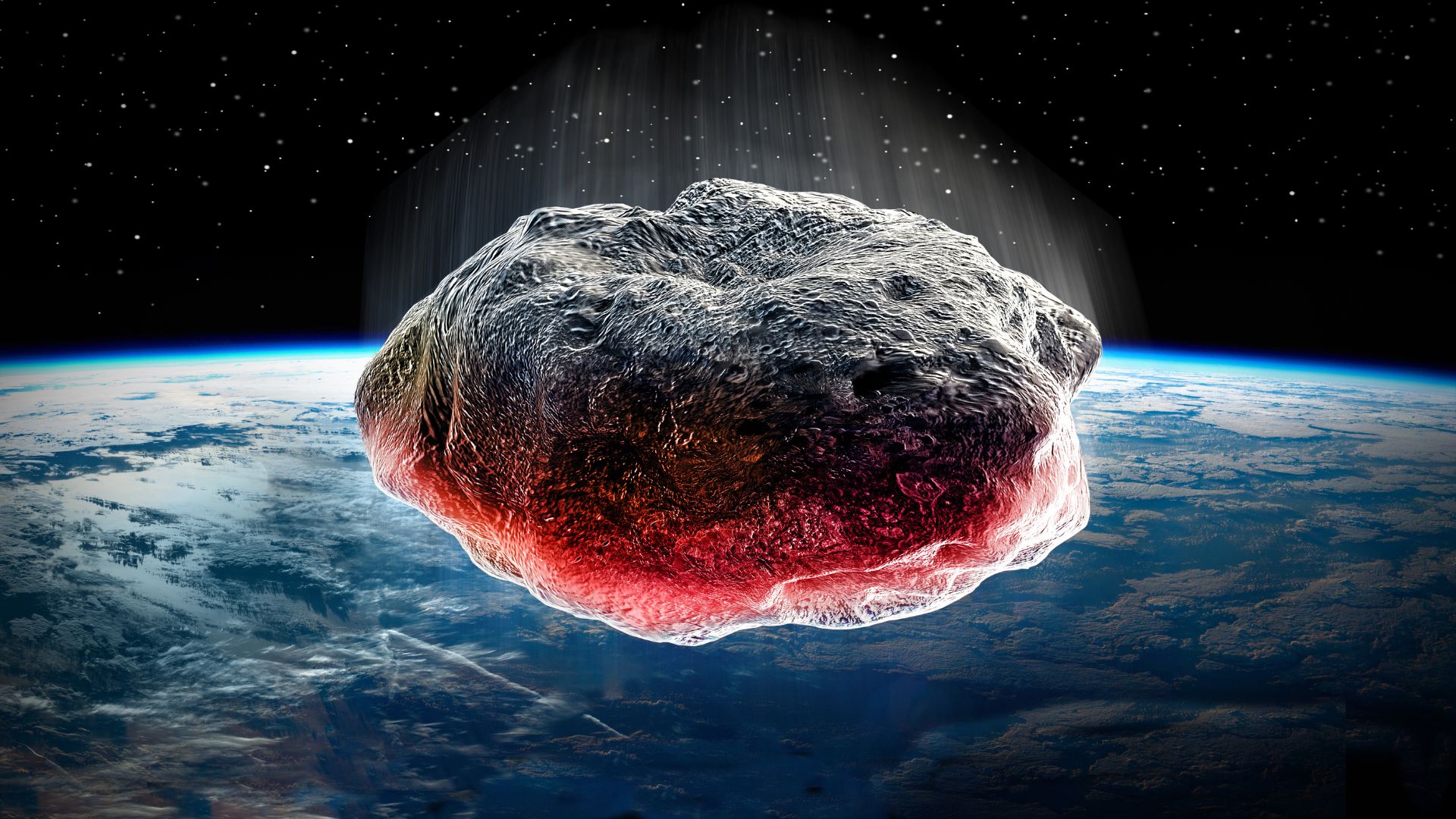
Source: Canva
This asteroid made a close approach to Earth on July 9, 2024, coming within 31 million miles. It travels at a speed of 26,000 mph, making it a suitable candidate for the impact test.
Dual-Purpose Mission
The mission has dual purposes: to demonstrate a technique for deflecting potentially hazardous asteroids and to conduct scientific exploration.
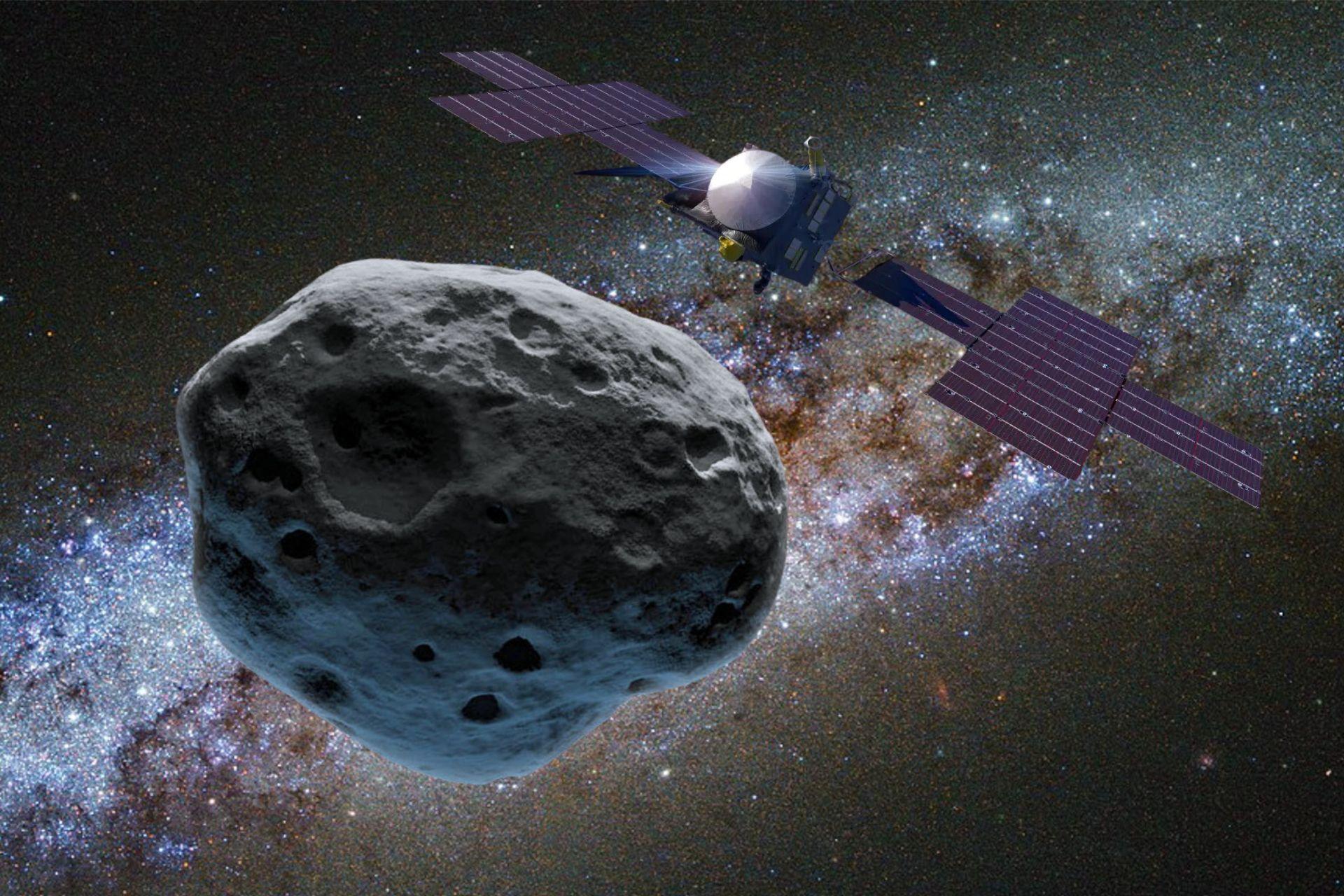
Source: NASA/JPL-CALTECH/ASU
By observing the impact, scientists hope to learn more about the asteroid’s composition and the early solar system. This approach mirrors the successful strategy used in NASA’s DART mission.
Learning from DART
China’s mission builds on the success of NASA’s Double Asteroid Redirection Test (DART), which impacted the moonlet Dimorphos in September 2022.
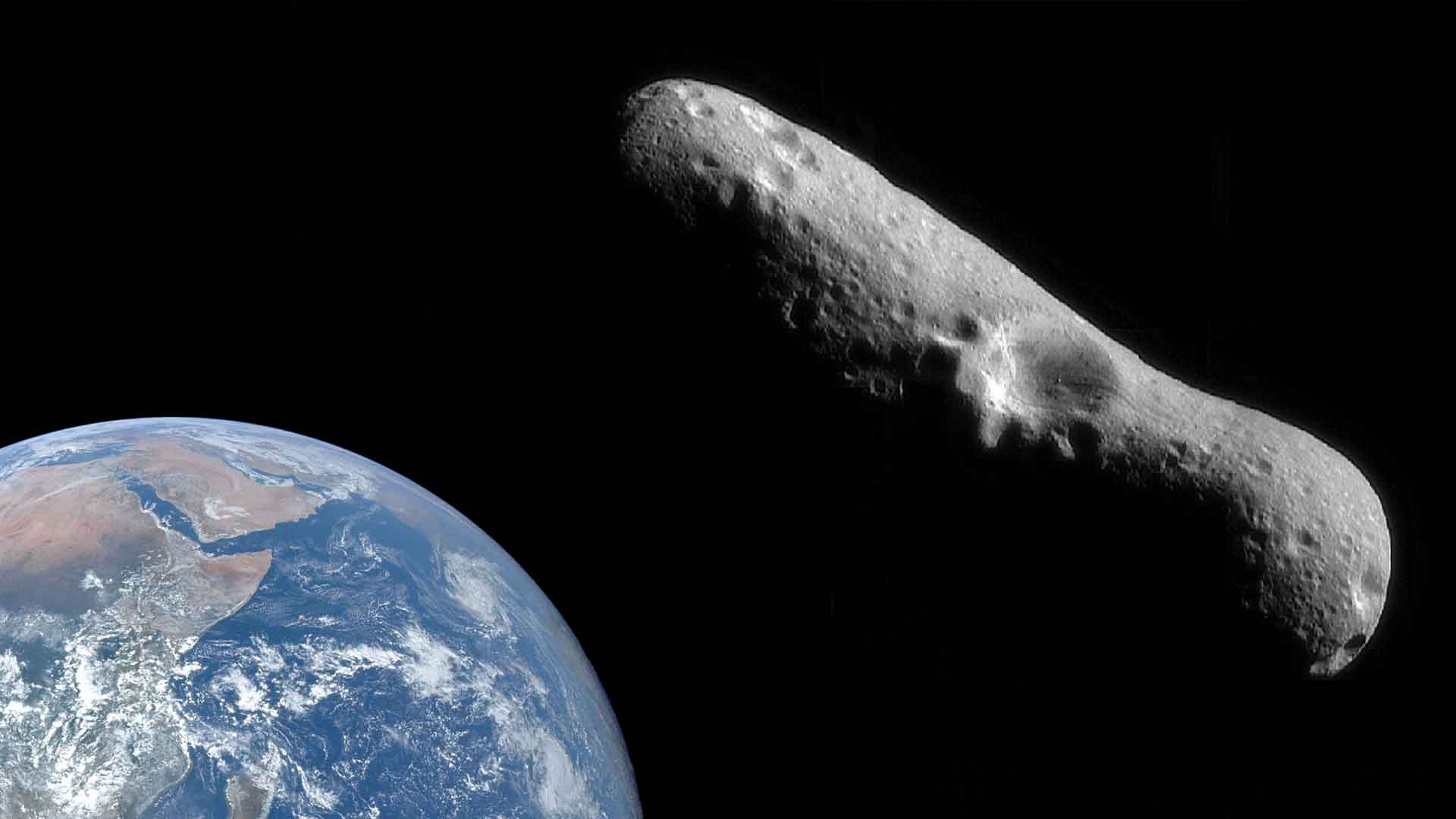
Source: NASA/Newsmakers; NASA/Apollo 17 crew/Wikipedia
The impact altered Dimorphos’ orbit around the larger asteroid Didymos, proving that a kinetic impactor could deflect an asteroid. The CNSA aims to replicate and expand on this success.
Following Up with Hera
In October 2024, the European Space Agency (ESA) will launch the Hera spacecraft to study the aftermath of the DART impact. Hera will rendezvous with the Didymos system in 2026, providing detailed observations.
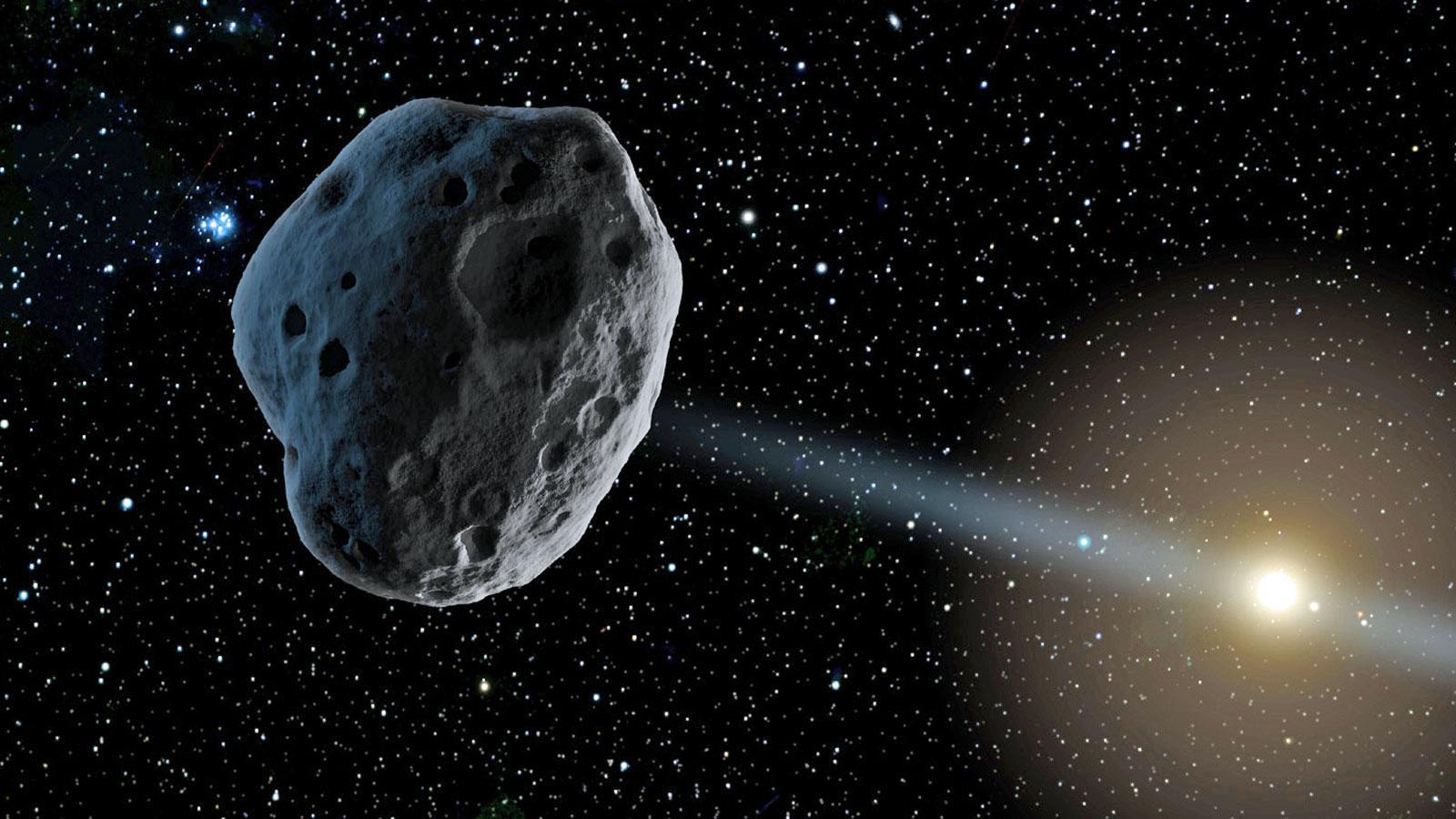
Source: Wikimedia
China’s mission will similarly follow up its impact with a second spacecraft to monitor 2015 XF261 for up to a year.
Strategic Timing for Impact
The CNSA plans to launch the mission around 2027, with several windows of opportunity based on 2015 XF261’s proximity to Earth.

Source: Eric Rothermel
The best chance for impact will be in April 2029, when the asteroid will come within 4.2 million miles of Earth. This timing will allow the CNSA to effectively reach and study the asteroid.
Why 2015 XF261?
Initially, the CNSA considered targeting a different asteroid, 2019 VL5, for a 2025 mission. However, they switched focus to 2015 XF261 due to its more favorable trajectory and timing.
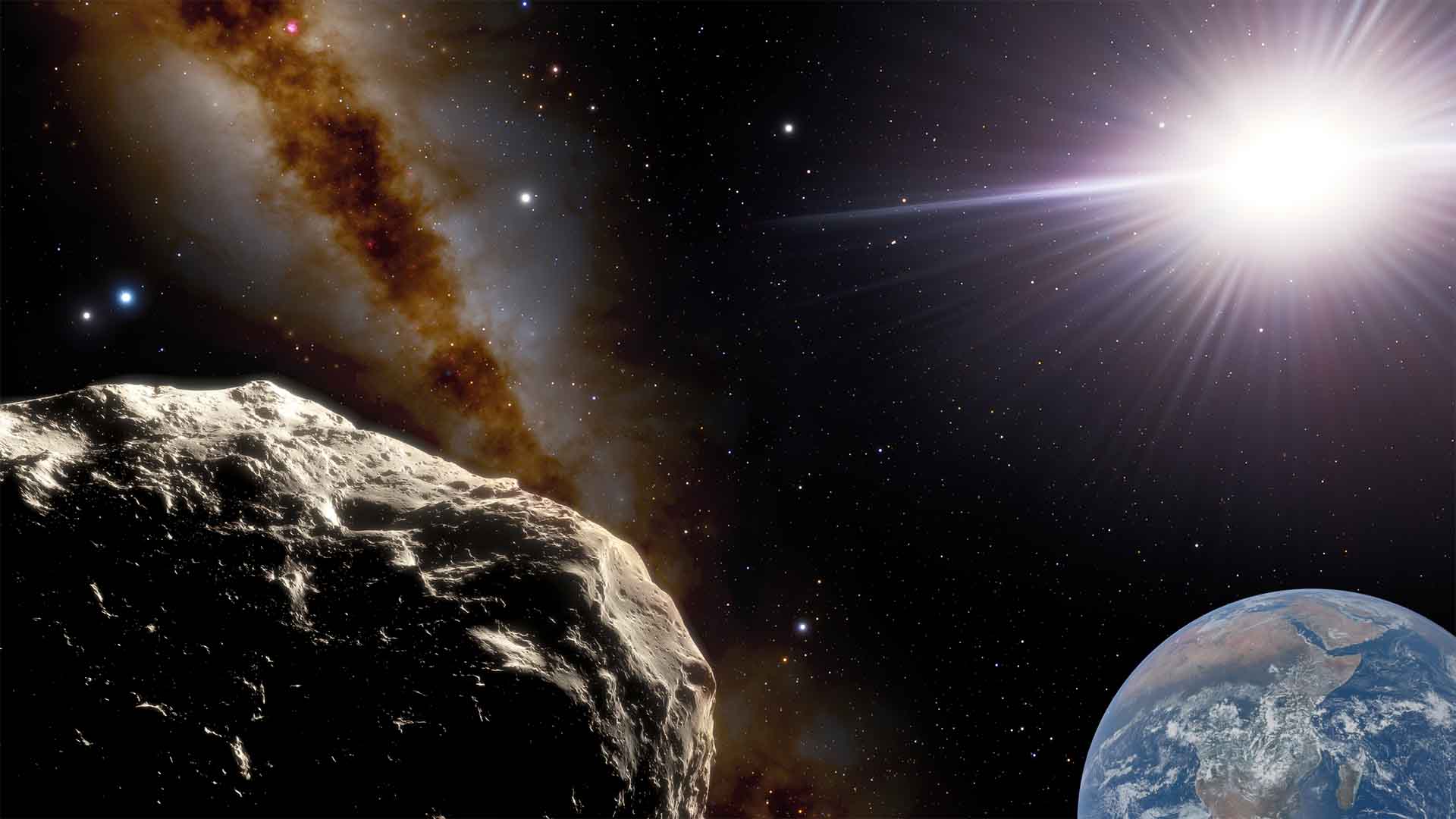
Source: NOIRLab/NSF/AURA/J. da Silva/Spaceengine/Wikimedia Commons; NASA/Apollo 17 crew/Wikipedia
This change highlights the meticulous planning involved in planetary defense missions.
Scientific and Strategic Goals
According to a study in the Journal of Deep Space Exploration, the mission aims to design and propose specific scientific objectives and payload requirements for asteroid defense.

Source: Freepik
This groundwork will support future missions and enhance global planetary defense capabilities.
A Glimpse into the Solar System’s Past
Asteroids like 2015 XF261 are remnants from the early solar system, formed around 4.6 billion years ago.

Source: Wikimedia
Studying them offers a unique opportunity to understand the building blocks of planets, including Earth. The CNSA mission aims to unlock these ancient secrets.
Global Collaboration and Competition
China’s mission marks a significant step in the international effort to develop effective planetary defense strategies.

Source: Cytonn Photography/Pexels
By building on the successes of NASA and ESA, the CNSA is contributing to a global understanding of how to protect Earth from potential asteroid impacts.
Technological Innovations
The dual-spacecraft approach of the CNSA mission showcases technological advancements in space exploration and planetary defense.
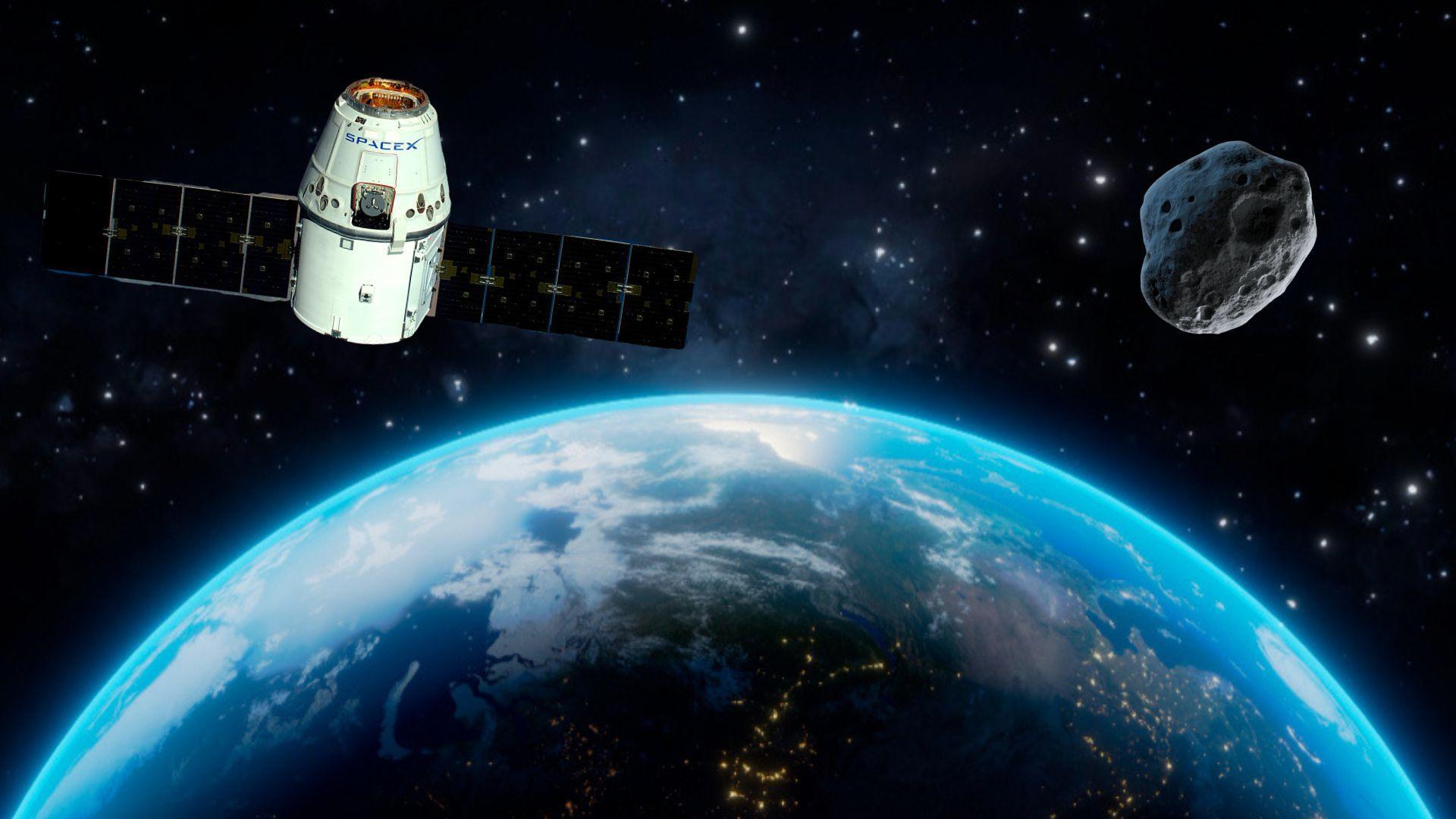
Source: Tim Peake / ESA/NASA via Getty Images/Wikimedia/Wikimedia
By combining impact and observation, China aims to gather comprehensive data and refine techniques for future missions.
Looking Ahead to 2030
As the CNSA prepares for its 2030 mission, the world watches with anticipation. This endeavor not only demonstrates China’s growing capabilities in space exploration but also shows the importance of planetary defense.

Source: Freepik
The successful deflection of 2015 XF261 could pave the way for future missions and enhance our ability to protect Earth from external planetary threats.
